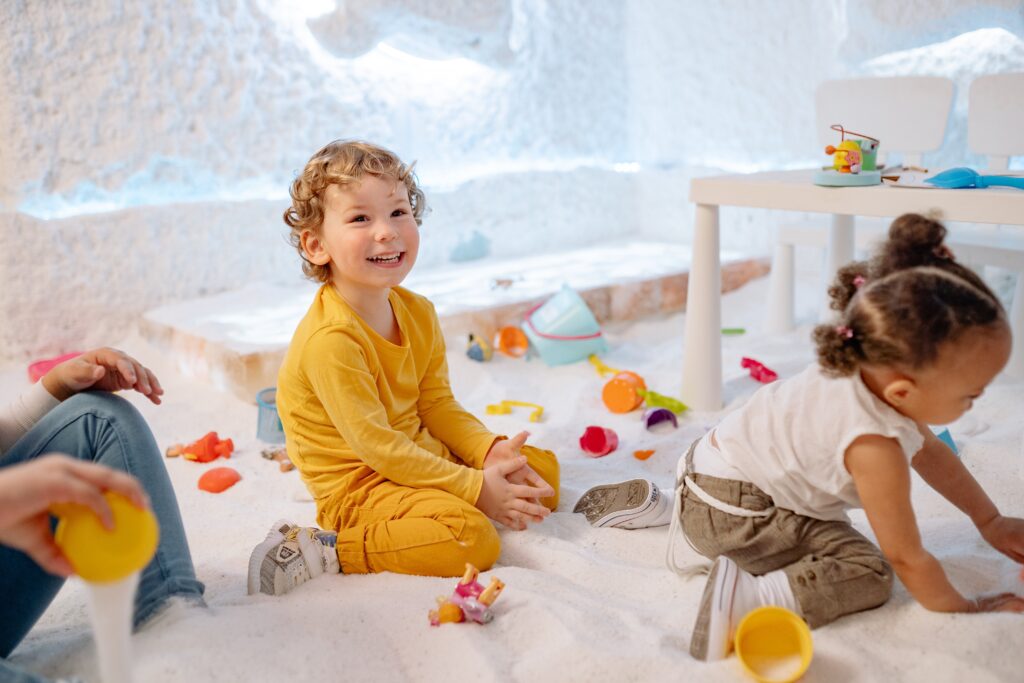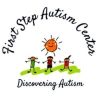Introduction: Autism, a complex neurodevelopmental condition, often raises questions about its prevalence within families. Parents with one autistic child may wonder about the likelihood of their other children having autism. In this blog, we delve into the statistics and insights concerning the chances of autism prevalence in siblings, shedding light on the topic and providing valuable information for families and caregivers.

The Chances of Autism in Siblings:
- Increased Likelihood: Research suggests that having one child with autism may increase the likelihood of another sibling being on the autism spectrum.
- Risk Factors: While the exact cause of autism is still under study, certain risk factors have been identified, including genetic predisposition. If one child has autism, there may be a genetic element that increases the risk for siblings.
- Recurrence Risk: The risk of autism in siblings is not uniform. It varies depending on factors like the number of affected family members, the degree of genetic relatedness, and the presence of any known genetic mutations.
Statistics and Insights:
- Sibling Risk: According to the Autism and Developmental Disabilities Monitoring (ADDM) Network, siblings of a child with autism have a higher risk of also being on the autism spectrum. The risk can be as high as 18.7% for full siblings and 9.2% for half-siblings.
- Gender Differences: Research has also identified gender differences in sibling risk. Brothers of a child with autism tend to have a higher risk of autism compared to sisters.
- Shared Genetic Factors: The shared genetic factors between siblings play a significant role in autism risk. Families with a history of autism or related developmental conditions may have a higher likelihood of multiple children with autism.
- Environmental Factors: While genetics is a significant factor, environmental influences may also contribute to autism risk. Research in this area is ongoing.
Support and Early Intervention:
- Early intervention and support for siblings are crucial, whether or not they are on the autism spectrum. Siblings of autistic individuals can benefit from a supportive and understanding family environment.
- Families with multiple children on the autism spectrum may find it particularly important to access resources, therapies, and educational support to help each child reach their full potential.
Conclusion: The chances of autism in siblings are influenced by a combination of genetic and environmental factors. While having one child with autism may increase the risk for siblings, it’s important to remember that each child is unique, and their development should be considered individually.
Understanding the risks and accessing early intervention and support can make a significant difference in the lives of siblings. Embracing diversity and fostering an environment of acceptance and inclusion can help all children, regardless of their neurodevelopmental status, thrive and reach their full potential. Chances of Autism Prevalence in Siblings.

